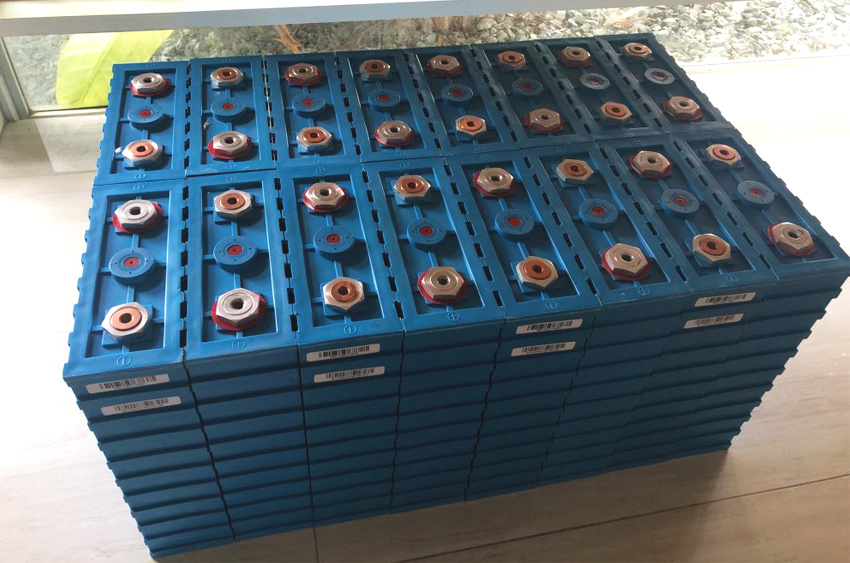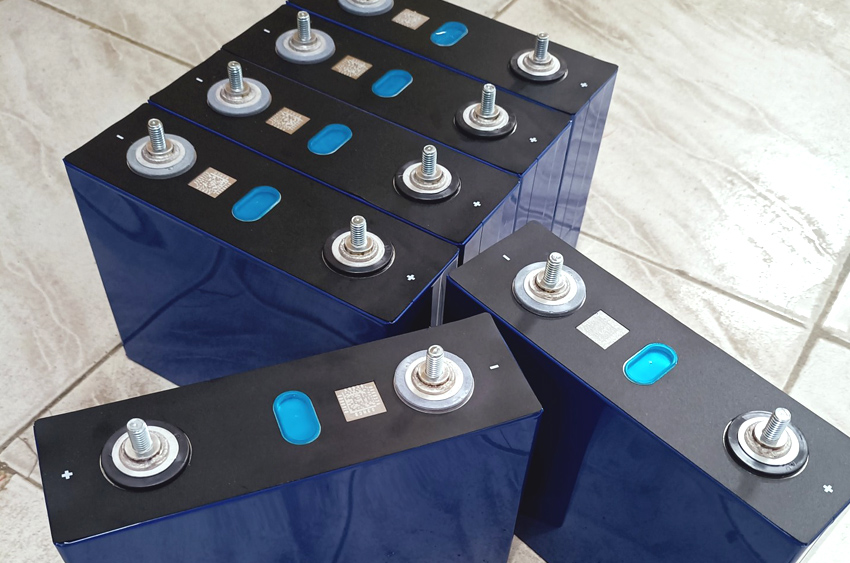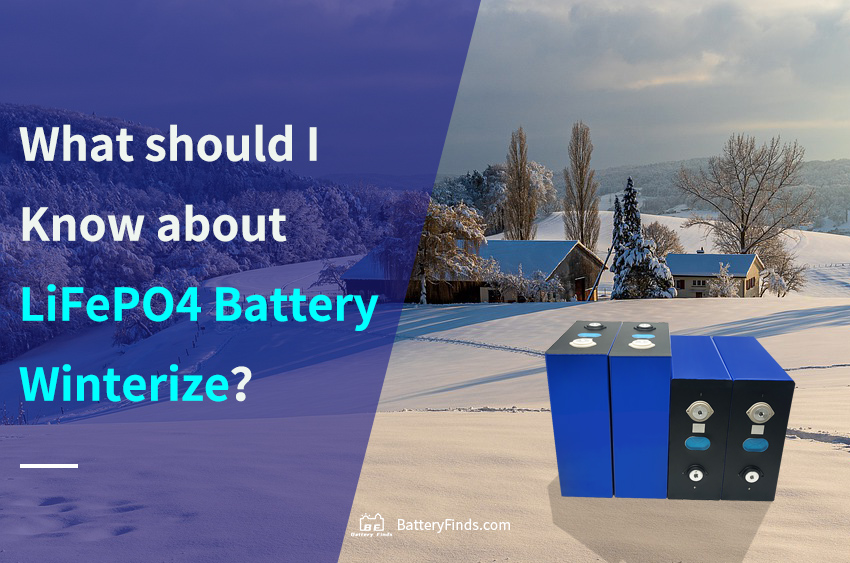LiFePO4 battery winterize is very important. At present, the northern hemisphere has entered winter, and the issue of LiFePO4 battery winterize has also been raised by more and more people. This blog will sort out some information about LiFePO4 battery winterize so that you can make better use of your LiFePO4 battery in winter.
Limitations of LiFePO4 Battery in Winter

There is no doubt that LiFePO4 batteries are lithium batteries, and LiFePO4 batteries naturally cannot escape the problems encountered by lithium batteries in winter. The use of lithium batteries at low temperatures will have serious capacity degradation, poor cycle rate performance, and obvious lithium evolution. The most subjective effect is that our LiFePO4 battery is less durable. If it is a LiFePO4 battery used in electric vehicles(EV), the impact is even more obvious. Generally speaking, LiFePO4 batteries will reach a turning point at about 0°C. When below 0°C, the performance of LiFePO4 batteries will be significantly affected by temperature. At 0°C, LiFePO4 batteries can still maintain room temperature (25°C). At -20℃, the capacity of LiFePO4 battery is only about 31.5% of room temperature. Of course, some battery manufacturers have already introduced LiFePO4 batteries specifically designed to deal with low temperatures, but overall, LiFePO4 batteries are still deeply affected by low temperatures.
In some more extreme low-temperature environments, LiFePO4 battery charging and discharging may even affect the normal state of the battery. At low temperatures, the electrolyte viscosity of the LiFePO4 battery will decrease, resulting in a decrease in conductivity, and the activity of the active material will correspondingly decrease, which will increase the concentration difference of the electrolyte, and the diffusion rate of lithium ions in the negative electrode will be slower, Lithium is easy to be precipitated in this process. As the temperature drops more and more, the reaction rate of the electrode also drops more. The end result is that the efficiency of the LiFePO4 battery will decrease, and even the original structure of the LiFePO4 battery will be destroyed.
LiFePO4 Battery Winterize

In winter, although the performance of LiFePO4 batteries will be affected, they can still be used by some means. If you choose not to use LiFePO4 batteries but store them, certain steps are required to ensure the safe storage of the batteries.
To use LiFePO4 batteries in winter, the first choice is to ensure a comfortable charging environment. As mentioned above, LiFePO4 batteries are generally considered to be a turning point at 0°C, so it is generally recommended to charge your LiFePO4 batteries in an environment above 0°C. If conditions permit, indoor charging is often better than outdoor charging. In addition, if you must charge your battery in an environment below 0°C, you can choose to purchase a battery heater, which will allow your battery to be charged smoothly. More details you can find in LiFePO4 Battery Charging Guide.
In some areas where the temperature reaches below -10°C in winter, LiFePO4 batteries winterize are actually a more suitable choice. At too low temperatures, LiFePO4 batteries are no longer suitable for use, because at this temperature, the performance will drop to 50% to 70% at room temperature, and at lower temperatures, the performance degradation will be more serious. After deciding to let your LiFePO4 battery winterize, the first thing you need to do is to charge your LiFePO4 battery to about 50%, because LiFePO4 battery has self-discharge, the self-discharge rate per month is about 3%, 50% SOC Enough to keep your LiFePO4 battery winterize, remember, never let your battery be stored at 0% SOC, this will undoubtedly damage your battery. After the charging is completed, all connections and loads need to be disconnected to ensure that the battery’s power will not be lost. Then you need to thoroughly clean the surface of your battery, such as stains and oxidation, these factors will affect the normal storage of the battery. Finally, it is best to wrap the battery with insulating paper, and then store it in a higher room temperature and ventilated and dry environment with a warm blanket or box. It should be noted that, occasionally, inspection and maintenance should be carried out during the storage of the battery. It is vital that LiFePO4 battery winterize needs to be done correctly.
It is worth mentioning that the connection of BMS will not affect the storage of LiFePO4 batteries. In addition, the capacity of LiFePO4 batteries decreases in winter, as long as they are used normally and stored correctly, the available capacity will gradually increase as the temperature rises. recover.
Summary
For those who have LiFePO4 batteries, how to properly do LiFePO4 battery winterize is something that must be learned, which can make your batteries more durable and serve you better in the future.


Thanks for your very valuable informations
THANKS A LOT 🙂 🙂